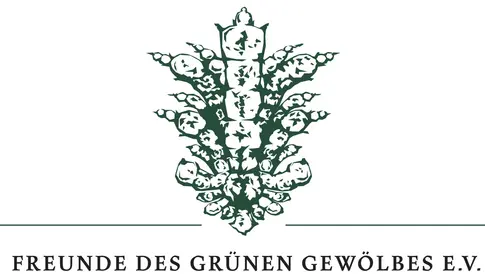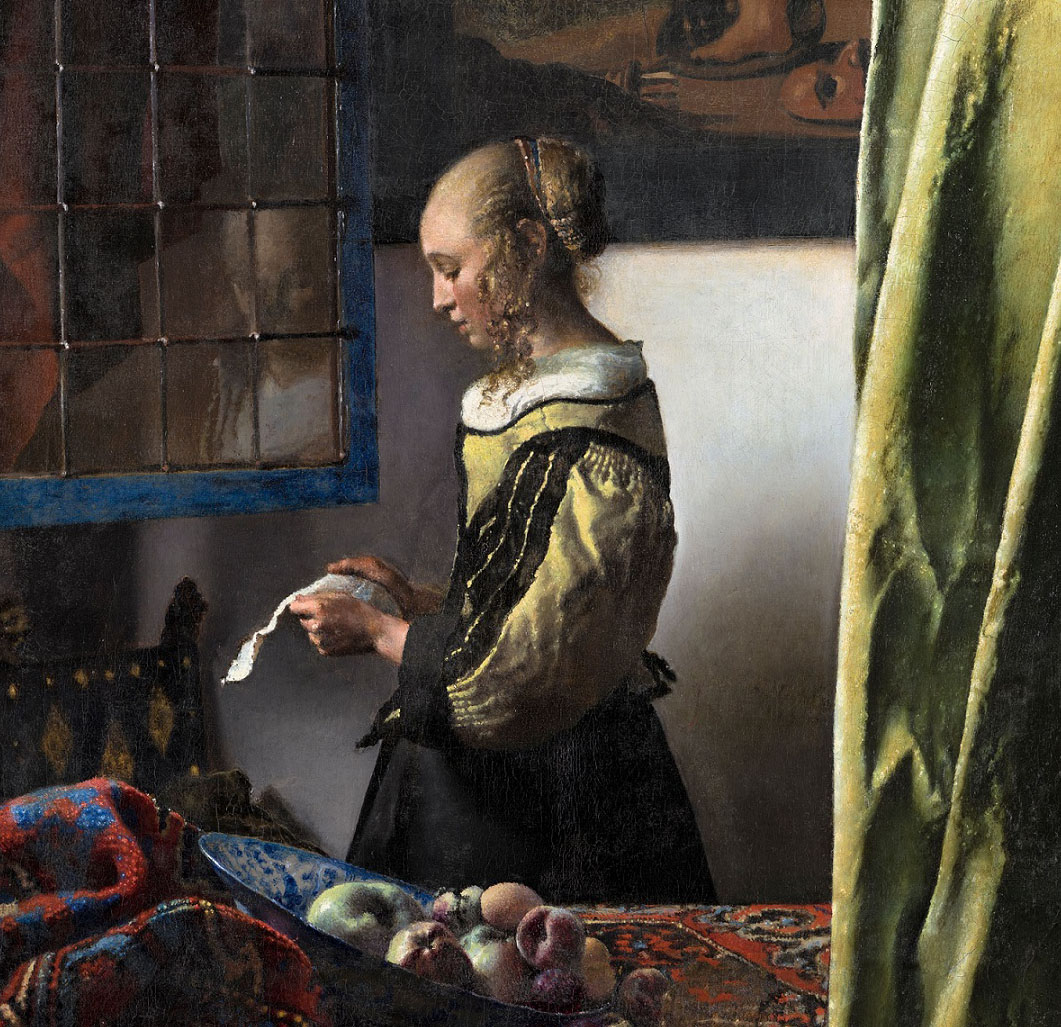Invitation to the press conference on ‘Red Gold. The Miracle of Herrengrund’
22 August 2025Rotes Gold
Without mining, the treasure chambers and art collections of the Renaissance and Baroque periods would be inconceivable, because precious metals and gemstones are an integral part of them. The mineral resources of the Saxon-Bohemian Ore Mountains formed an essential basis for Dresden’s art collections. Further east, the Slovak Ore Mountains likewise provided coveted raw materials. Products of nature, combined with human craftsmanship, resulted in ornate vessels made of processed metals and minerals.
In the special exhibition ‘Red Gold. The Miracle of Herrengrund’ (29 August 2025 – 4 January 2026), the Grünes Gewölbe (Green Vault) of the Staatliche Kunstsammlungen Dresden (Dresden State Art Collections, SKD) draws attention to some extraordinary treasures that owe their existence to the mining industry in early modern Central Europe: so-called Handsteine (handstones) and Herrengrund vessels. More than 70 unique exhibits in the Sponsel Room tell of the miners’ pride in their work, their fascination with underground chemical processes, and the craftsmanship of highly specialised goldsmiths.
The exhibition focuses on the so-called Miracle of Herrengrund, which caused a sensation around 400 years ago and which baffled scholars from Rome to London: miners in Herrengrund (Slovak: Špania Dolina, located in the Central Slovak Ore Mountains) observed how iron objects left in mine water were found to have turned into copper after a few weeks. This initially inexplicable chemical process was copper cementation. Soon, resourceful goldsmiths in the neighbouring mining town of Neusohl (Slovak: Banská Bystrica) took advantage of this mysterious transformation: they used the extracted and processed cement copper to make gold-plated bowls, jugs, and cups, some of which are decorated with rock and ore specimens and depict figural scenes from mining. These works of the goldsmith’s craft quickly found their way into many art and curiosity cabinets, and also into Saxon collections.
A characteristic feature of Herrengrund vessels are German-language inscriptions such as ‘Eisen war ich, Kupfer bin ich, Silber trag ich, Gold bedeck mich’ (‘I was iron, I am copper, I carry silver, gold covers me’). This was a direct reference to the material process of the vessels’ creation.
One highlight among these goldsmiths’ products, which were highly sought-after throughout Europe, are elaborate table decorations featuring several types of minerals and entire mining landscapes with detailed depictions of the mining and smelting processes. They served as prestigious souvenirs, high-status gifts, and displays of mining expertise. They bore witness to the rich deposits of copper, silver, and gold in the mining region, which historically belonged to Hungary and is now part of Slovakia, and they even adorned the tables of the Emperor in Vienna.
Mining also played a significant economic and political role for the Electors of Saxony. It therefore shaped the character of the Dresden Kunstkammer, too, which was founded around 1560. From an early stage, it included a large number of handstones from the Saxon-Bohemian Ore Mountains. These hand-sized pieces of rock were originally taken from the mines and tested for their ore content. Particularly beautiful ores, metals, and minerals, were used to create exceptional works of art, often illustrating the close connection between mining and religious beliefs.
The main focus of the exhibition is a carefully selected group of objects from the largest private collection of Herrengrund vessels, the Achim and Beate Middelschulte Foundation, which is now housed in the Museum of Mining and Gothic Art in Leogang. These are complemented by treasures from the Grünes Gewölbe, such as a handstone featuring a filigree miniature depiction of Christ on the Mount of Olives from St. Joachimsthal (Czech: Jáchymov), as well as the last recorded handstones from Freiberg in Saxony. Thanks to high-profile loans from the Suermondt-Ludwig-Museum Aachen, the Museum of Applied Arts in Budapest, the German Mining Museum in Bochum, the MAK – Museum of Applied Arts in Vienna, and from private collections in Munich, this special exhibition brings together an unprecedented number of Herrengrund vessels and handstones, which enter into dialogue with the treasures of the permanent exhibition of the Neues Grünes Gewölbe.
The exhibition is accompanied by the catalogue ‘Red Gold. The Miracle of Herrengrund’ published by Sandstein Verlag, edited by the Museum of Mining and Gothic Art Leogang, the Slovak National Gallery Bratislava, the Grünes Gewölbe of the SKD, Andreas Herzog, Dušan Buran, and Marius Winzeler, 204 pages, €28, ISBN: 978-3-95498-823-5.
The exhibition is being held in association with the Museum of Mining and Gothic Art Leogang, where it was on display from May to December 2024.
Förderer
Partner

Sponsors


